I love my ASUS Zenbook A14, and can't believe it's dropped $520 in price
This featherweight Copilot+ laptop has seen a massive drop from $1,399 (£1,099) to just $879.99 (£799), making it a serious MacBook Air rival.
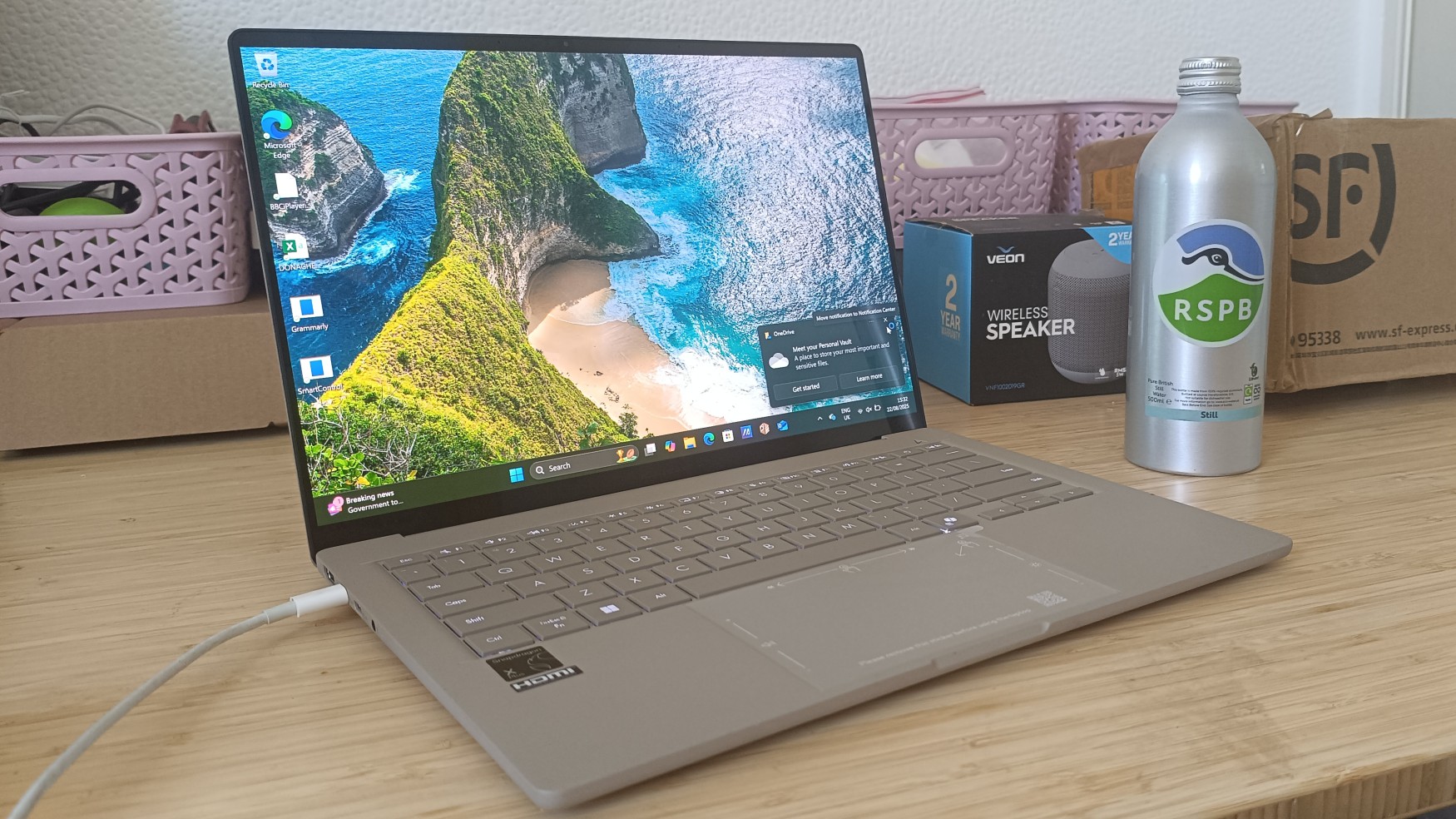
There's something magical about a laptop that weighs less than a bag of sugar. I discovered this firsthand when the ASUS Zenbook A14 arrived at my desk in July, and I genuinely had to check the box twice to make sure the laptop was still inside. At just 980g, it's lighter than some hardback books.
I first saw ASUS's ambitious vision for laptop design at Milan Design Week earlier this year, where they unveiled their Signature Edition Zenbooks made from their revolutionary Ceraluminum material. While those show-stopping models remain concept pieces for now, the A14 uses the same groundbreaking construction, making it 30% lighter and three times stronger than traditional laptops. It's currently a top pick of ours for the best laptops for CAD (a 3D software).
What makes this even better is that ASUS has clearly been listening to the market. The Zenbook A14 launched at $1,399.99 / £1,100 in February, positioning it directly against Apple's MacBook Air. But here's the kicker – it's now dropped to $879.99 / £799, making it one of the most compelling ultrabook deals I've seen this year.
USA: ASUS Zenbook A14 $1,399 $879.99 at Amazon
Save $520: Right now, at under $900, the Zenbook A14 offers tremendous value. That means you're getting genuinely premium features (OLED display, excellent performance, outstanding battery life and Windows 11 with AI features) at a price that undercuts rivals significantly.
UK: ASUS Zenbook A14 £1,099.99 $799.99 at Amazon
Save £300: When it first launched, the Zenbook A14 was pretty keenly matched to the MacBook Air. But now it only costs £800; a massive saving of £300 on the launch price, even though that was a matter of months ago!
Why it's awesome
Let me make this clear: the A14 offers MacBook Air-level performance for significantly less money. The Snapdragon X1 processor inside is properly quick. This is one of the new generation of ARM-based chips that Microsoft has been pushing hard, and it shows. In day-to-day use, it feels every bit as responsive as Intel's latest offerings, but with one crucial advantage: battery life.
ASUS claims 32 hours of use, which is clearly optimistic marketing speak. But even in realistic testing, I managed over 20 hours of video playback with the screen on. That translates to easily two full working days between charges, something that simply isn't possible with traditional Intel or AMD laptops at this size and weight.
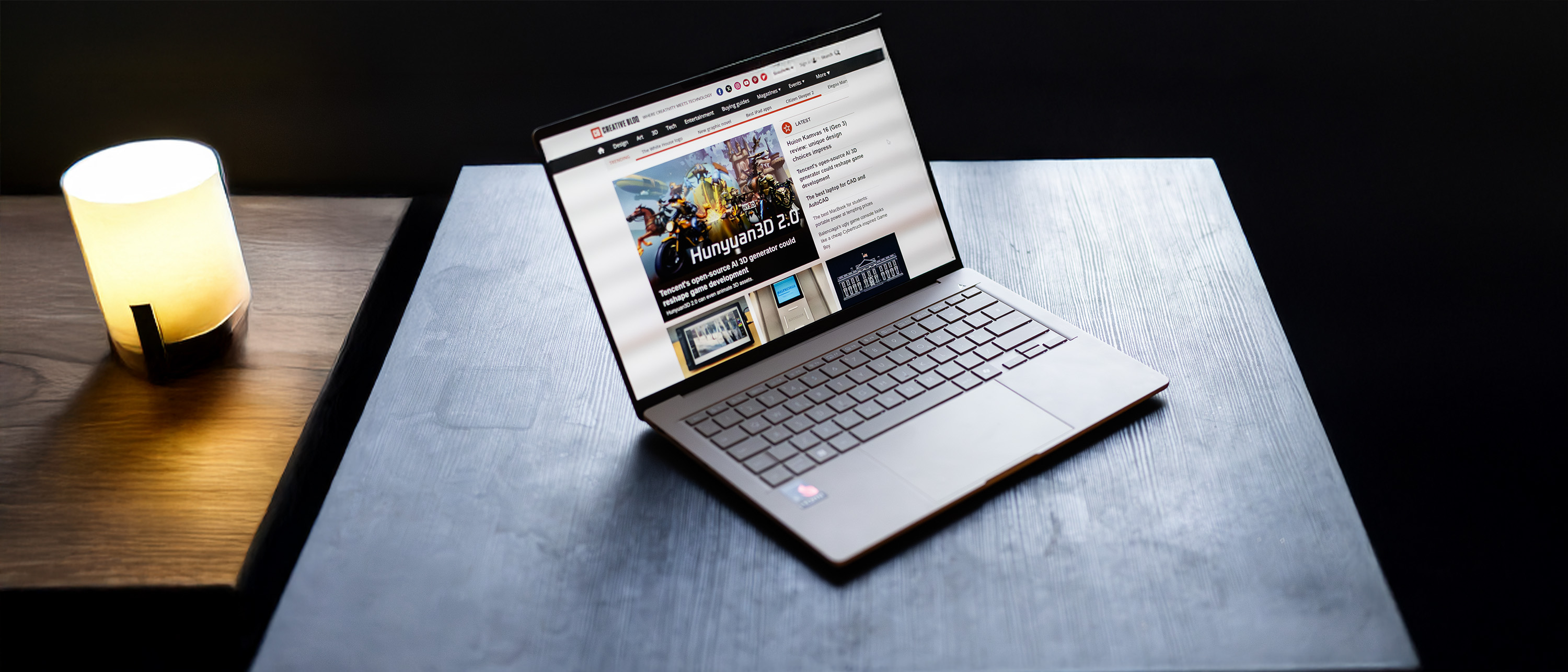
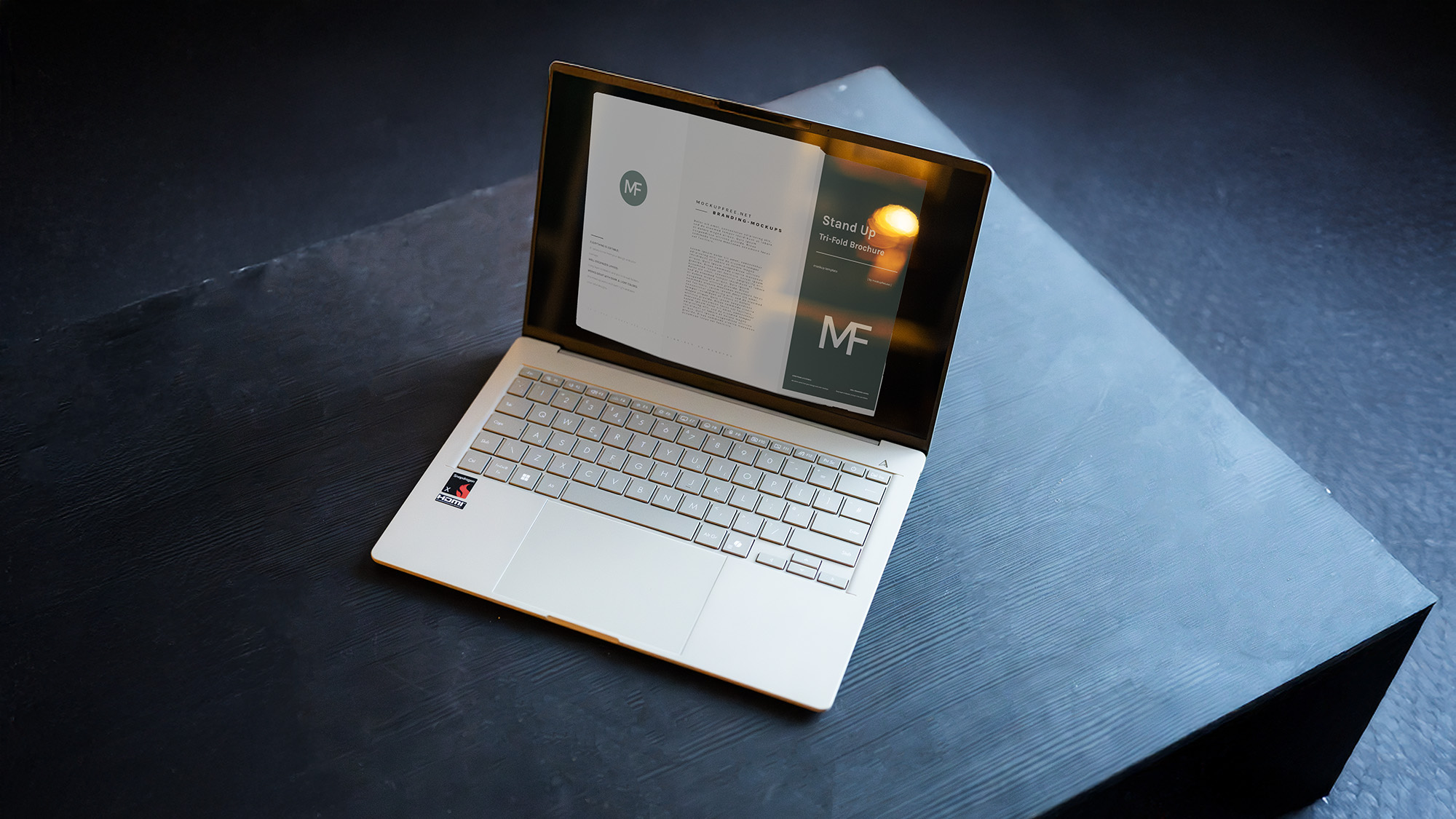
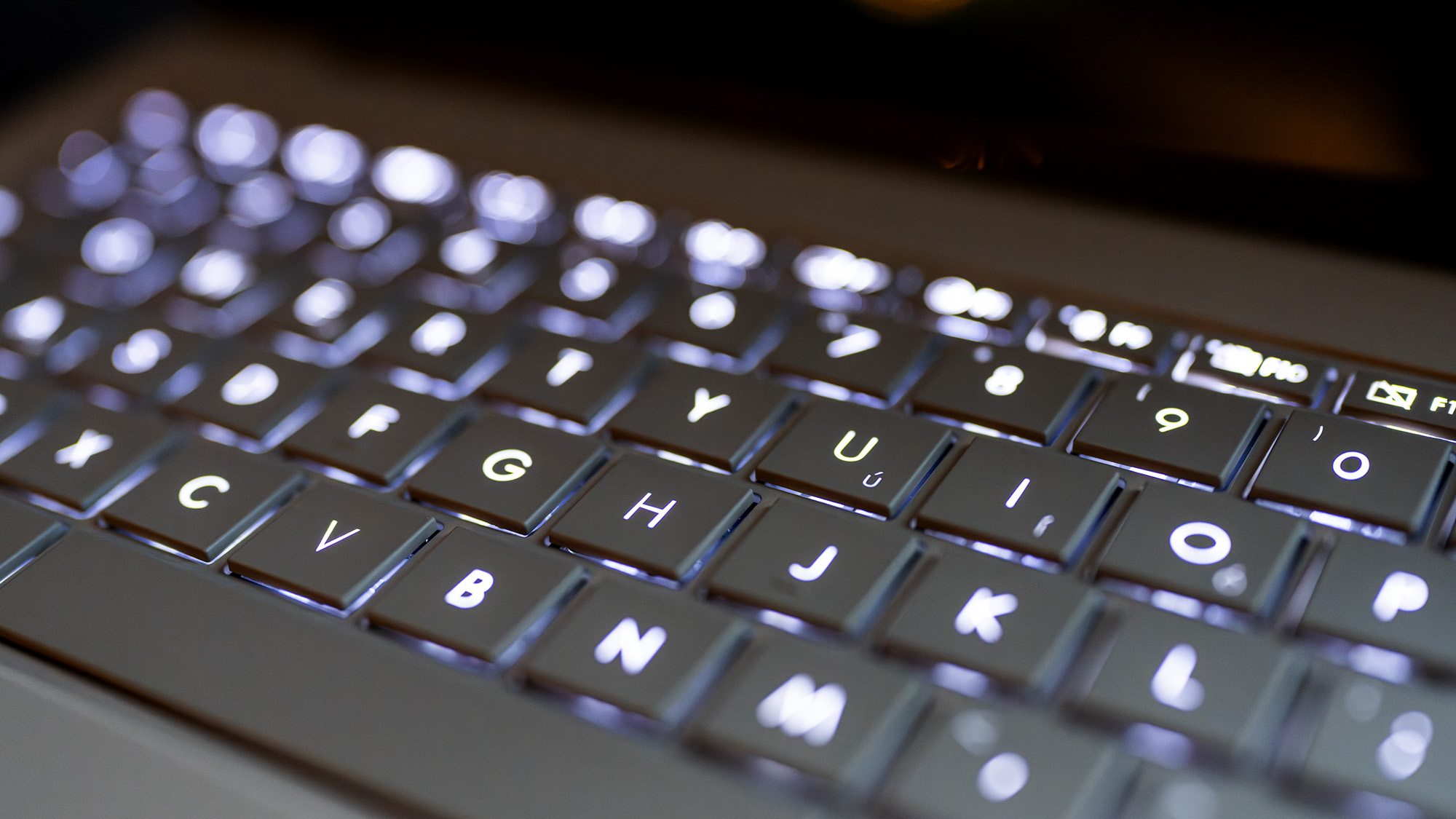
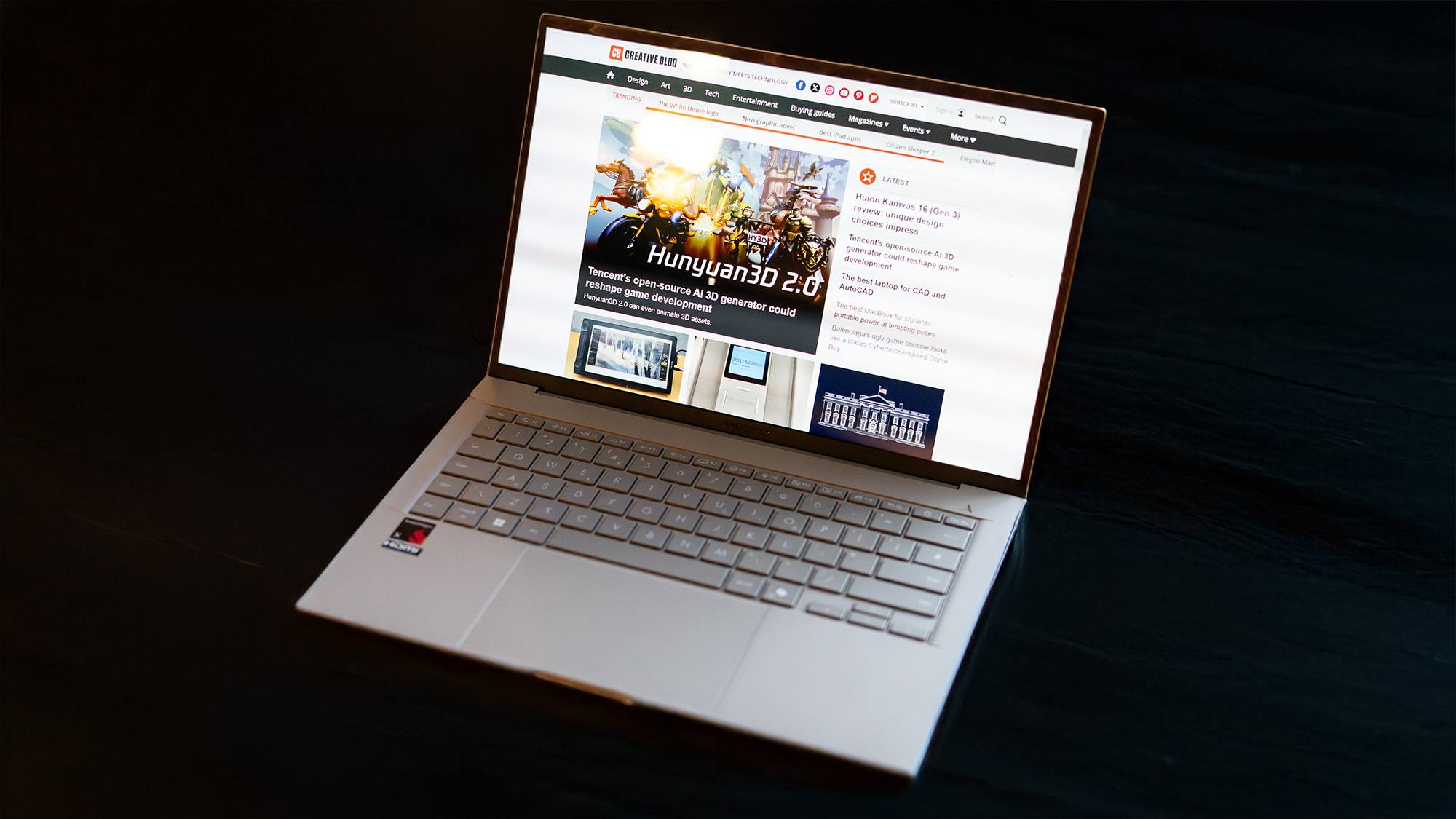
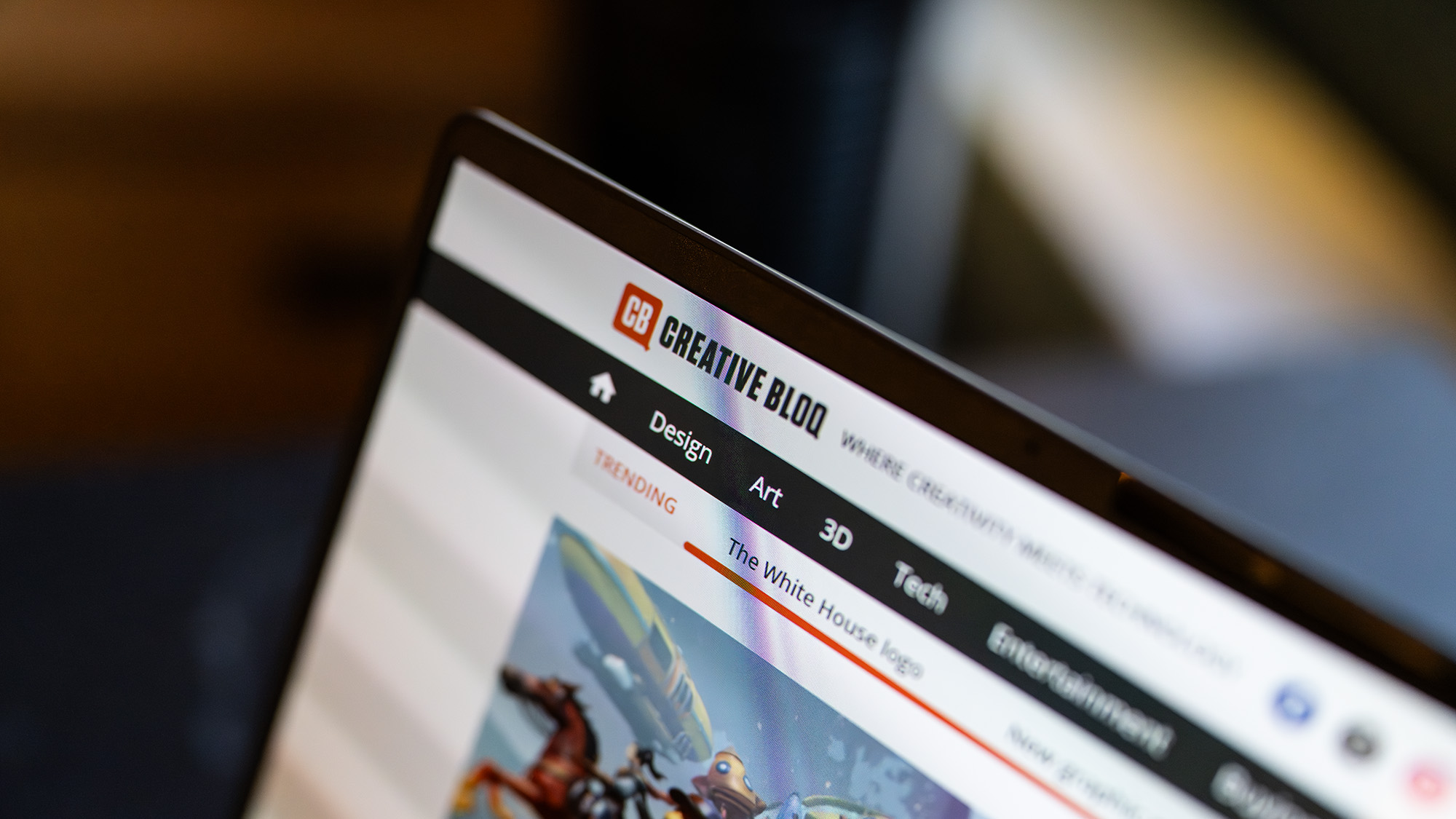
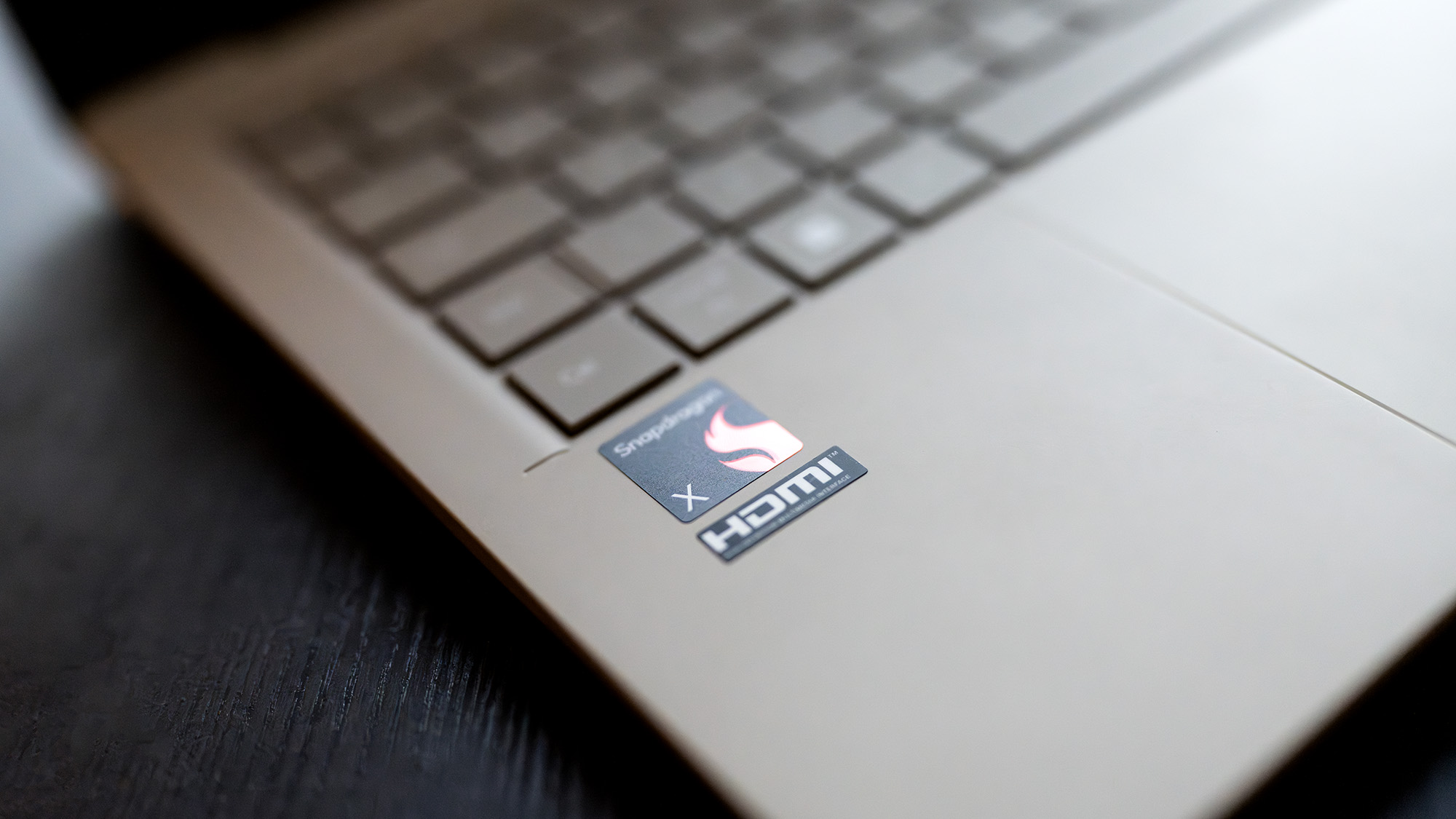
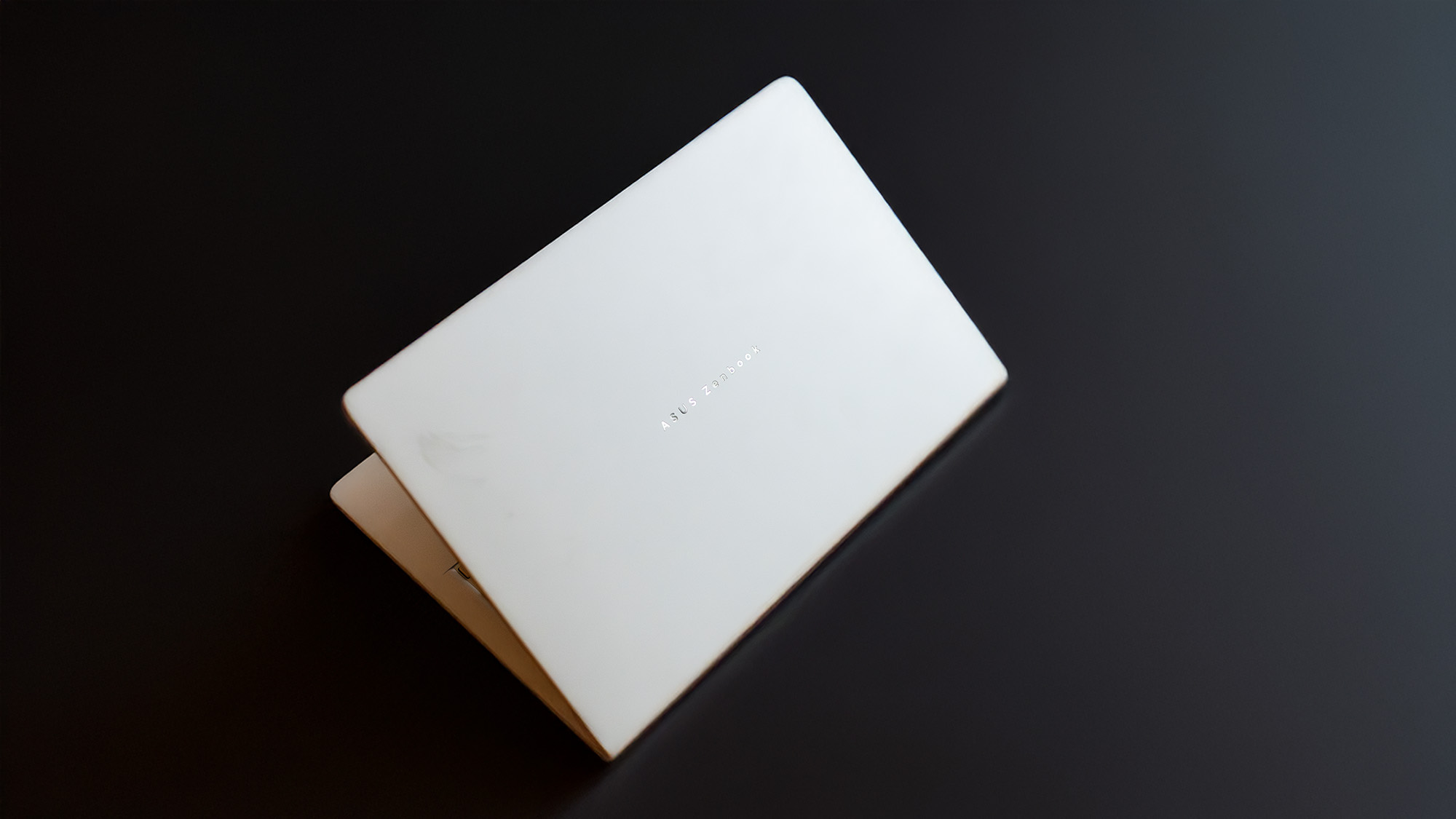
The OLED screen is also a real highlight. Whilst it's "only" 1920x1200 resolution, the quality is superb. Colours pop in a way that makes even mundane spreadsheets look engaging, and the 16:10 aspect ratio gives you more vertical space for documents than the typical 16:9 displays.
Perhaps what I love about the Zenbook A14 most, though, is how ASUS has thought about real-world use. There's a proper HDMI port, so you don't need adapters for presentations. The USB-A port means your existing peripherals just work. And those two USB4 Type-C ports can handle everything from charging to external displays to fast storage.
Finally, the fact that it's already dropped $500 / £300 from its launch price suggests ASUS is serious about taking market share from Apple and Intel. If you've been waiting for a Windows laptop that can genuinely compete with the MacBook Air, this is it.
Daily design news, reviews, how-tos and more, as picked by the editors.

Tom May is an award-winning journalist and author specialising in design, photography and technology. His latest book, The 50th Greatest Designers, was released in June 2025. He's also author of the Amazon #1 bestseller Great TED Talks: Creativity, published by Pavilion Books, Tom was previously editor of Professional Photography magazine, associate editor at Creative Bloq, and deputy editor at net magazine.
You must confirm your public display name before commenting
Please logout and then login again, you will then be prompted to enter your display name.

